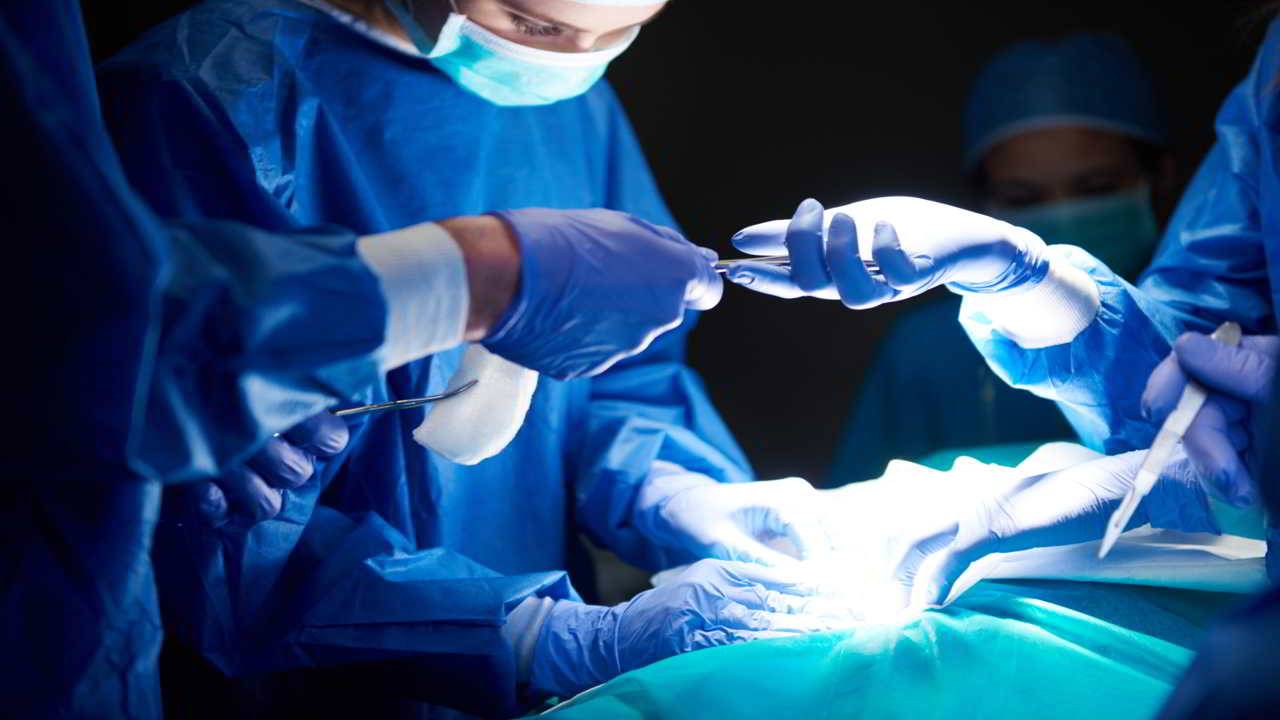Aneurysm surgery is a treatment for aortic aneurysms. A surgeon removes the damaged part of your aorta and replaces it with a synthetic fabric tube called a graft. The surgery is very effective when performed before aneurysm rupture.
A surgeon removes the damaged part of your aorta and replaces it with a synthetic fabric tube. This tube is called a graft. It functions as a new lining for your artery so blood can safely pass through.
- Fortis Hospital Shalimar Bagh, Delhi
- rajuvyas63@hotmail.com
Aneurysm Surgery

Overview
People who have a ruptured or dissected aortic aneurysm need this surgery. It’s an emergency surgery that can save your life. Other people might need this surgery if they have an aneurysm that’s at risk of rupturing but hasn’t yet. This risk increases if your aneurysm is getting bigger or causing symptoms.
Aneurysm surgery is a medical procedure performed to treat an aneurysm, which is an abnormal bulge or ballooning of a blood vessel. Aneurysms can occur in various parts of the body, but they are most commonly associated with the aorta (the body's main artery) and intracranial (brain) arteries. Aneurysm surgery is typically performed for two primary reasons:
-
Preventing Rupture: The primary goal of aneurysm surgery is to prevent the aneurysm from rupturing, which can be life-threatening. A ruptured aneurysm can lead to severe bleeding and potentially fatal consequences. Surgeons aim to repair the aneurysm before it ruptures by reinforcing the weakened blood vessel wall.
-
Relieving Symptoms: In some cases, aneurysms can cause symptoms due to their size or location. These symptoms may include pain, pressure, or other neurological or vascular issues. Surgery can relieve these symptoms by addressing the aneurysm.
There are different approaches and techniques used in aneurysm surgery, depending on the location and type of aneurysm. Here are some common types of aneurysm surgery:
Open Surgical Repair:
In open surgery, the surgeon makes an incision over the affected blood vessel, exposes the aneurysm, and then repairs or replaces the weakened section of the vessel. In the case of an aortic aneurysm, a synthetic graft may be used to replace the weakened portion of the aorta. For intracranial aneurysms, surgical techniques may involve clipping the neck of the aneurysm with a metal clip to prevent blood flow into it or placing a stent to divert blood flow away from the aneurysm.
Endovascular Repair (Endovascular Aneurysm Repair or EVAR):Endovascular repair is a less invasive procedure in which a catheter is inserted through a small incision in an artery, usually in the groin, and guided to the site of the aneurysm. Once the catheter is in position, a stent graft (a synthetic tube) is deployed inside the aneurysm to reinforce the blood vessel and redirect blood flow, excluding the aneurysm sac from circulation. Endovascular repair is often used for abdominal aortic aneurysms and some intracranial aneurysms. It offers the advantage of quicker recovery and reduced post-operative complications compared to open surgery.
The choice of surgical technique depends on factors such as the location and size of the aneurysm, the patient's overall health, and the surgeon's expertise. The goal of aneurysm surgery is to eliminate the risk of rupture and associated complications while minimizing potential damage to surrounding tissues.
It's important for individuals with diagnosed aneurysms to work closely with their healthcare team to determine the most appropriate treatment plan and surgical approach based on their specific condition and medical history.

